Here, we will find the primary and secondary triads using the keys of C Minor’s harmonic form. Since we are talking about chords (harmonies) here, so we will take the harmonic form of the minor scale. Giving scale degree number to each note, we have:
| C | D | D# | F | G | G# | B | C |
| 1 | 2 | 3 | 4 | 5 | 6 | 7 | 1 |
Before starting this article, you may want to learn the basics of chords first in our lesson – Overview of Piano Chords.
The chords here will be formed only using the degrees that are present in C Minor scale. And they will be named on the degree from which the chord will begin. Talking about the notations, the major chords will be represented by capital roman letters, minor chords with small letters, diminished chords with small roman letters followed by °, and augmented chords with small letters followed by +.
Primary Triads (Chords) in the Key of C Minor
Primary triads will be formed starting with 1st, 4th & 5th degrees of this scale.
- Chord i – C Minor: C D# G
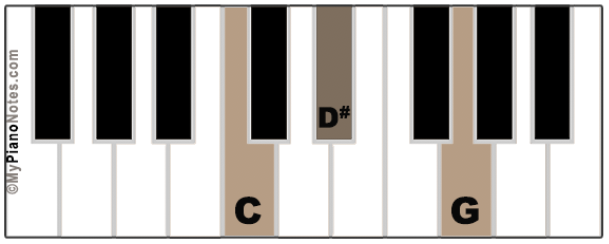
- Chord iv – F Minor: F G# C
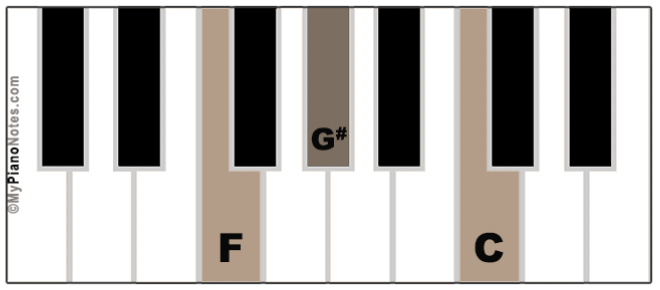
- Chord V – G Major: G B D
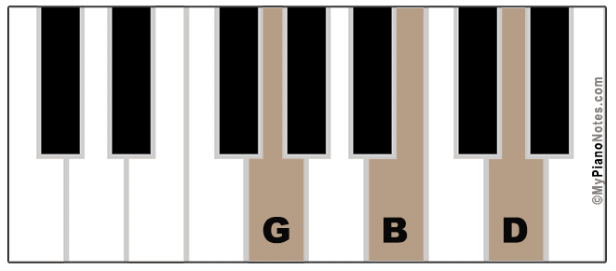
Secondary Triads (Chords) in the Key of C Minor
- Chord ii° – D diminished: D F G#
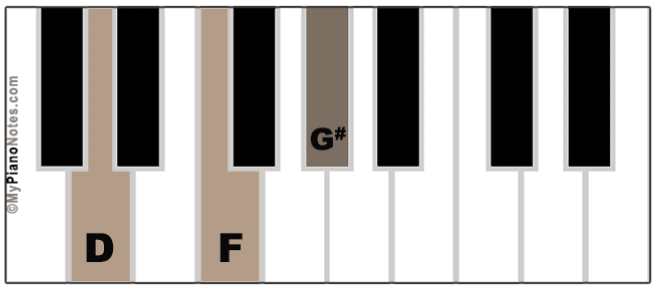
- Chord iii+ – D# Augmented: D# G B
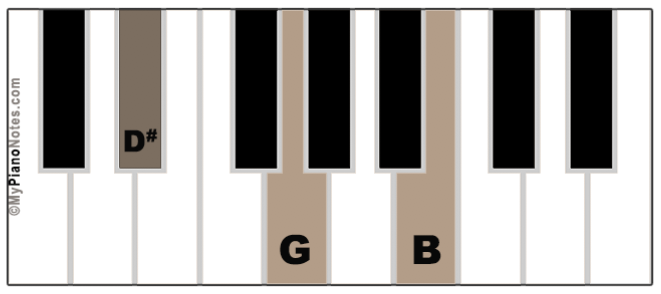
- Chord VI – G# Major: G# C D#

- Chord vii°- B diminished: B D F
Extended Chords
Below are the four-note seventh chords of C Minor scale.
- C Minor-Major 7th: C D# G B
- D Half-diminished: D F G# C
- F Minor 7th: F G# C D#
- G Dominant 7th (A7): G B D F
- G# Major 7th: G# C D# G
- B diminished 7th: B D F G#
You will notice that we have not used D# to form an extended chord. Its just because, its not really a chord. But if you follow the same rule as above you can form key combination yourself.
More Chords in different Keys:
- C Major
- D Major
- E Major
- F Major
- G Major
- A Major
- B Major
- C Minor (you are reading this)
- D Minor
- E Minor
- F Minor
- G Minor
- A Minor
- B Minor
- Genda Phool - May 27, 2020
- Qismat - May 27, 2020
- Naagin (Aashta Gill) - May 24, 2020





